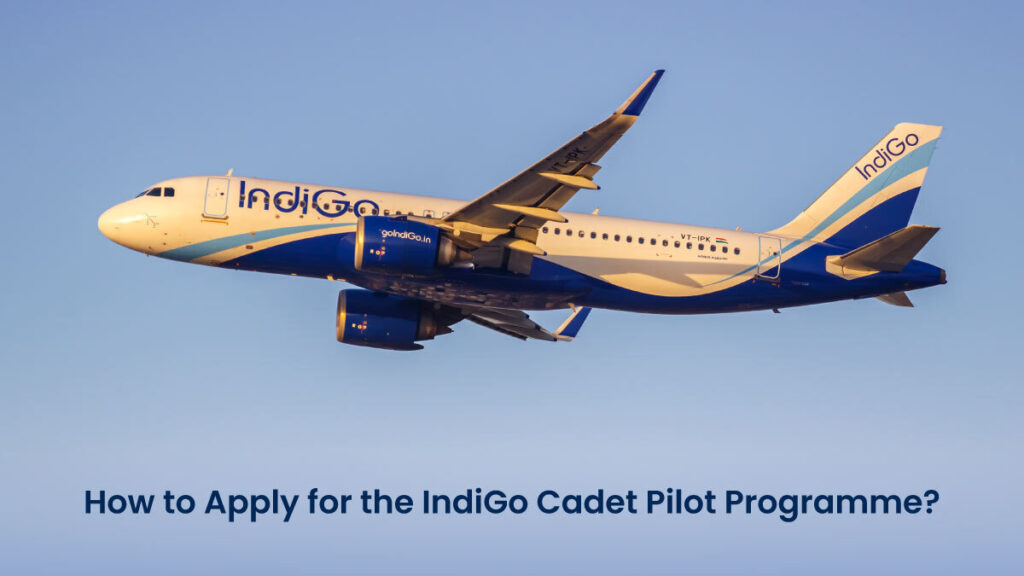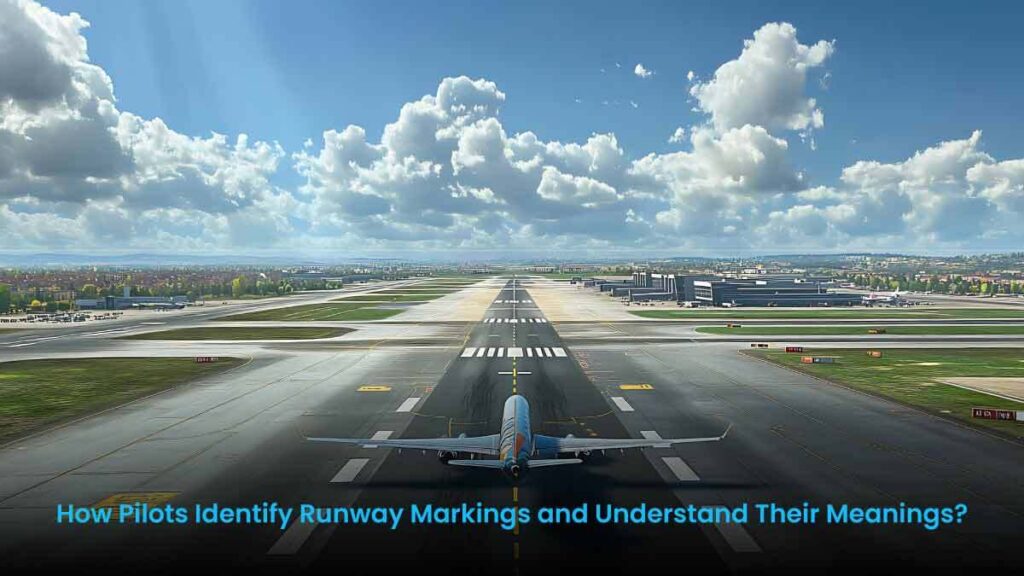
Enrol in Top-Rated Pilot Cadet Training Now!
Have you ever wanted to fly and pursue a profession as a pilot? The IndiGo Cadet Pilot Programme might be your ticket to a fantastic aviation career! This blog post provides an in-depth overview of this fantastic pilot course, including eligibility requirements, application procedures, and helpful resources for prospective Indian pilots.
Overview of the IndiGo Cadet Pilot Programme
The IndiGo Cadet Pilot Programme is a collaboration between IndiGo Airlines, a significant Indian passenger airline, and a number of famous flight training facilities. This unique program is specifically designed for individuals with absolutely no prior flying experience.
Four Phases to Begin Your First Flight
The program is divided into four key phases:
Phase 1: Building the Foundation (CPL ME IR)
- Ground Theory: 4 months of intensive ground school, where you’ll learn about the fascinating world of aviation—from aerodynamics and meteorology to navigation and aircraft systems.
- Flight training: You’ll take to the skies, mastering the art of flying single-engine and multi-engine aircraft for the next 11 months.
Phase 2: License Conversion—India
This phase of training will be completed in India and will require you to take the DGCA-examined flight test to convert your SACAA CPL with IR to DGCA CPL with IR.
Phase 3: Learning How to Fly Airbus A320
Get ready for the next level! This phase focuses on mastering the Airbus A320, the backbone of IndiGo’s fleet.
- A320 Type Rating: 2 months of intensive training to master the intricacies of this incredible aircraft.
Phase 4: Joining IndiGo as a Junior First Officer (JFO)
Upon meeting the requirements and passing the license skill test, cadets will be eligible to join IndiGo as JFO.
Pilot Course Fee
Please contact Insight Aviation for details on the IndiGo Cadet Pilot Programme fees.
What’s Included in the IndiGo Cadet Pilot Programme:
- Comprehensive Flight Training:
- World-Class Foundation: Ground School training with exam fees covered.
- Flying Training: Gain invaluable flight training experience at 43 Air Schools, including all necessary fees, exams, and testing.
- Mastering the A320: Complete the prestigious A320 Type Rating training, preparing you to fly IndiGo’s state-of-the-art aircraft.
- Logistics & Support:
- Accommodation: Support with finding suitable accommodation during training.
- Essential Resources: All necessary training materials, uniforms, and equipment will be provided.
Requirements to Become a Pilot
To be eligible to become a pilot, you need to adhere to the requirements shared below:
- Candidate must be aged between 18 to 35 years old.
- Applicant shall have a valid passport and the right to live and work in India.
- Applicant should be fluent in English (Written and Verbal).
- Should obtain and maintain DGCA Class 1 Medical Certificate.
- Applicant should meet education qualifications: 10+2 with a minimum score of 51% in each subject individually – Physics/Mathematics/English or a higher degree in these subjects with a minimum score of 51%
Assessment and Selection in IndiGo Cadet Pilot Programme
If you meet the above shared eligibility requirements – Congratulations! You move forward to the next steps of being a future pilot!
Step 1 : Online Assessment
Candidates who meet the eligibility requirements will be asked to take an Online Assessment.
The assessment will cover –
- Pilot Aptitude Test – Hand-Eye Coordination & Motor Skill Test
- Computer Based Testing
- Technical Reasoning (Multiple Choice Question Format)
- Mathematics and General Aptitude Test
- Dynamic Multi-Task Test
Step 2 : Group Discussions
Those who successfully complete the online assessments will be invited to participate in a group activity. This stage will assess your communication, teamwork, and interpersonal skills in a collaborative environment.
Stage 3: Personal Interview
The final stage involves a one-on-one interview with the IndiGo selection panel. This interview will provide IndiGo with further insights into your personality, motivation, and suitability for a career in aviation.ality, motivation, and suitability for a career in aviation.
Frequently Asked Questions
Q. How can I apply for the IndiGo Cadet Pilot Programme?
A. Eligible applicants can head over to Insight Aviation’s official website and apply directly.
Q. What is the selection process for the IndiGo Cadet Pilot Programme?
A. Selection process for the IndiGo Cadet Pilot programme is divided into three stages – Online Assessment, Group Discussion and Personal Interview.
Q. What kind of training does the IndiGo Cadet Pilot Programme include?
A. It includes Ground Theory, Flight training, Simulator Training, and A320 Type Rating.
Q. What documents are required to apply for the IndiGo Cadet Pilot Programme?
A. Applicants need to have valid academic transcripts, DGCA Medical Certificate and a valid passport.
Q. Is prior flying experience required for the IndiGo Cadet Pilot Programme?
A. No prior flying experience is required for the IndiGo Cadet Pilot Programme. Eligible Candidates can simply apply on the designated portal and go through the 3 stage selection process.



















